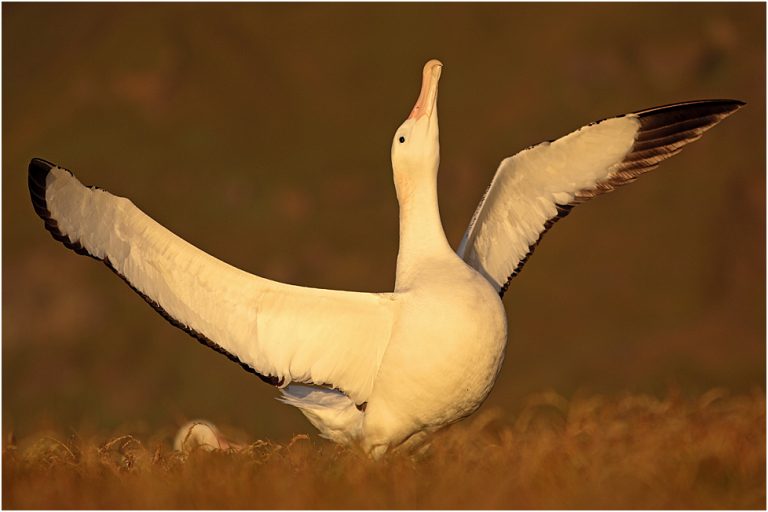Seabirds: ‘Climate change is here’
To convince naysayers that climate change is real, maybe all we need to tell them is to look up in the sky – or down into the ocean. Two recent studies show that seabirds can be important sentinels of a changing climate. Says Dee Boersma, University of Washington ecologist and one of the world’s penguin experts, in a NY Times…
